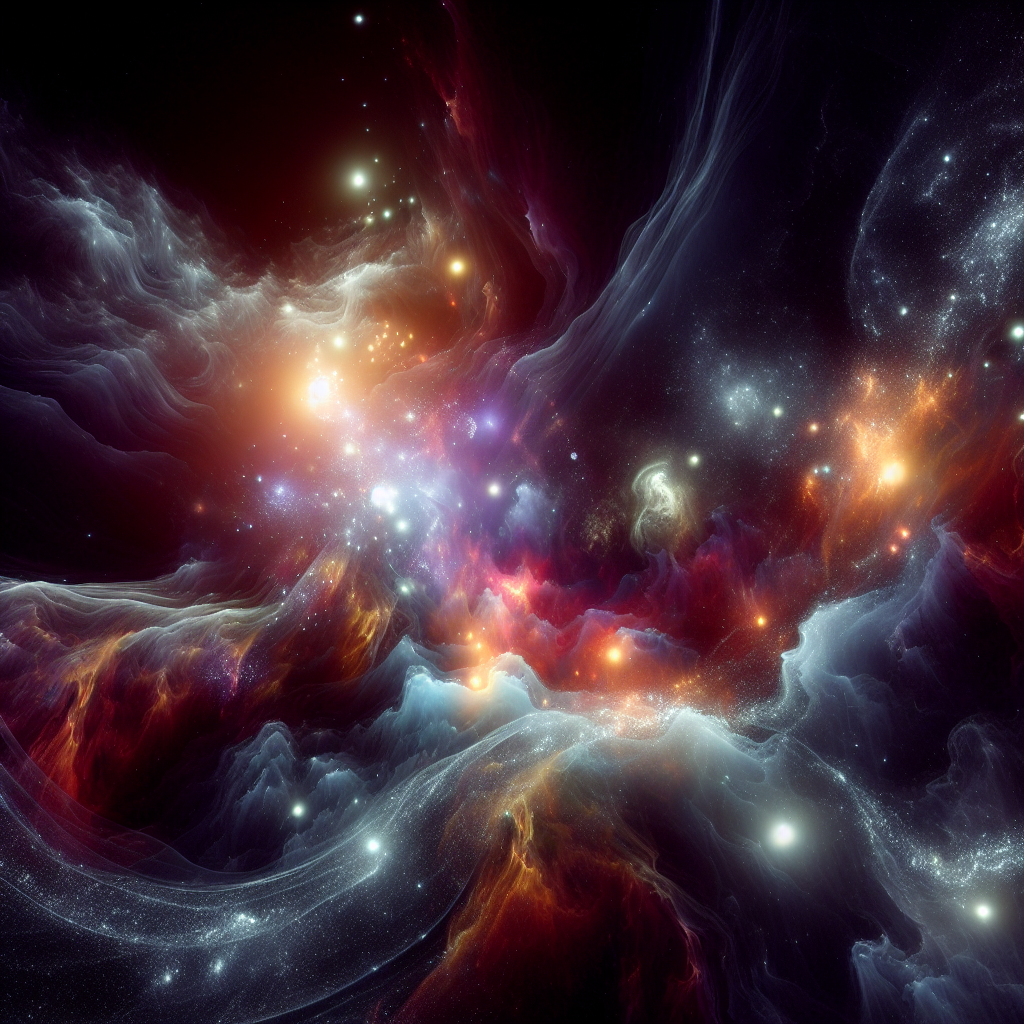Introduction to Dark Energy
Despite decades of astronomical advancements, why we’re still confused about dark energy remains a pivotal question in cosmology. Dark energy, a mysterious force thought to be accelerating the expansion of the universe, makes up approximately 68% of the universe’s total energy. Yet, its precise nature and mechanism continue to elude scientists.
The Concept of Dark Energy
Dark energy was first postulated in the late 1990s following observations of distant supernovae that appeared dimmer than expected. This led to the revolutionary conclusion that the universe’s expansion is accelerating, not slowing as previously thought. The term ‘dark energy’ was coined to describe this unknown force driving the expansion. However, understanding why we’re still confused about dark energy necessitates a look at its elusive properties and the limitations of current scientific methods.
Challenges in Understanding Dark Energy
One major challenge in understanding dark energy is its invisible nature. Unlike dark matter, which can be inferred by its gravitational effects on visible matter, dark energy does not seem to interact with electromagnetic forces—meaning it doesn’t emit, absorb, or reflect light, making it incredibly difficult to detect directly.
Lack of Direct Detection
Scientists rely on indirect measurements and theoretical models to study dark energy, primarily through its impact on the universe’s expansion rate. Tools like the Hubble Space Telescope and other long-range observatories observe how light from distant galaxies has stretched over time—a phenomenon known as redshift—which provides clues about the rate of expansion and, by extension, about dark energy itself.
Competing Theories and Models
There are several competing theories about what dark energy could be. The most popular is the cosmological constant, a concept introduced by Einstein, which suggests a constant energy density filling space uniformly. Another theory posits that dark energy is a dynamic field, changing over time, known as ‘quintessence’. The lack of consensus and the evolving nature of these theories contribute to why we’re still confused about dark energy.
The Role of Technological Advancements
Technological advancements play a crucial role in studying dark energy. Projects like the Dark Energy Survey (DES) and upcoming initiatives like the Euclid satellite aim to map out the cosmos in greater detail, analyzing the distribution of galaxies to better understand the structure of the universe and the role of dark energy.
Future Prospects in Dark Energy Research
Future telescopes and observatories are expected to provide more precise measurements of cosmic phenomena affected by dark energy. For instance, the Vera C. Rubin Observatory, set to begin operations in the next few years, will conduct a 10-year Legacy Survey of Space and Time (LSST), which could revolutionize our understanding of dark energy and its effects on cosmic structures.
Conclusion: The Ongoing Quest for Answers
As long as dark energy remains an integral yet mysterious component of the universe, scientists will continue to grapple with its enigmatic nature. The question of why we’re still confused about dark energy underscores the broader challenges of exploring the most fundamental aspects of the cosmos. With each technological stride, however, we inch closer to unraveling this cosmic mystery, potentially leading to new paradigms in our understanding of the universe.
As research continues, the hope remains that one day, the veil will be lifted on this dark aspect of the cosmos, possibly reshaping fundamental physics as we know it.


